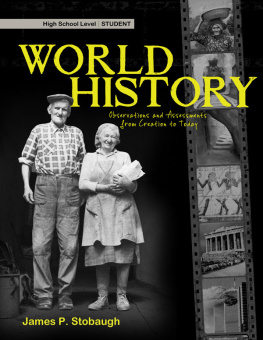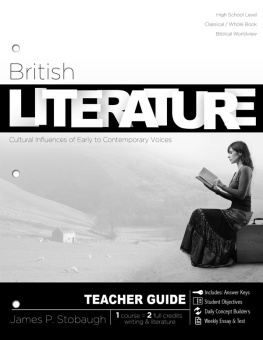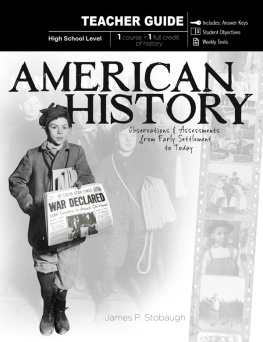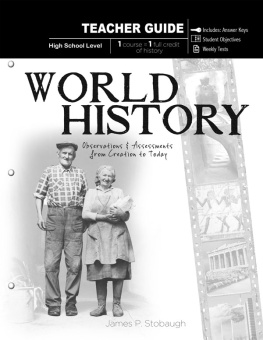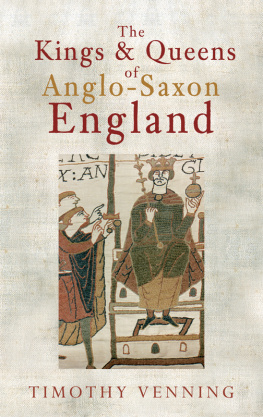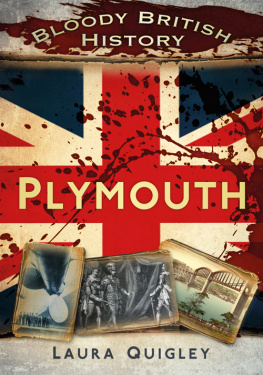
First printing: March 2012
Copyright 2012 by James P. Stobaugh. All rights reserved. No part of this book may be used or reproduced in any manner whatsoever without written permission of the publisher, except in the case of brief quotations in articles and reviews. For information write:
Master Books, P.O. Box 726, Green Forest, AR 72638
Master Books is a division of the New Leaf Publishing Group, Inc.
ISBN-13: 978-0-89051-646-1
Library of Congress Catalog Number: 2011945530
Cover design by Diana Bogardus.
Interior design by Terry White.
Unless otherwise noted, all images are from shutterstock.com, dreamstime.com, Library of Congress and Wikimedia Commons. All images used under the Creative Commons Attribution-Share Alike 3.0 Unported license (CC-BY-SA-3.0) are noted; license details available at creativecommons.org/licenses/by-sa/3.0/.
Scripture quotations taken from The Holy Bible, New International Version, Copyright 1973, 1978, 1984, 2011 by Biblica, Inc. TM Used by permission of Zondervan, All rights reserved worldwide.
Please consider requesting that a copy of this volume be purchased by your local library system.
Printed in the United States of America
Please visit our website for other great titles:
www.masterbooks.net
For information regarding author interviews, please contact the publicity department at (870) 438-5288

This book is dedicated to this new generation of young believers whose fervor and dedication to the purposes of the Lord shall yet bring a great revival. Stand tall, young people, and serve our Lord with alacrity and courage!

Using Your Student Textbook
How this course has been developed:
- Chapters: This course has 34 chapters (representing 34 weeks of study).
- Lessons: Each chapter has five lessons each, taking approximately 20 to 30 minutes each. There will be a short reading followed by critical thinking questions. Some questions require a specific answer from the text, while others are more open-ended, leading the student to think outside the box.
- Weekly exams: The final lesson of the week is the exam covering the weeks chapter.
- Student responsibility: Responsibility to complete this course is on the student. Students are to complete the readings every day, handing their responses to a parent or teacher for evaluation. Independence is strongly encouraged in this course, which was designed for the student to practice independent learning.
- Grading: Turn in your assignments daily or weekly to your parent/teacher.
Thoughout this book you will find the following components:
- Narrative Background: background on the period.
- Critical Thinking Questions: questions based roughly on Blooms Taxonomy.
- Concepts/Generalizations: terms, concepts, and theories to be learned.
- History Maker: a person(s) who clearly changed the course of history.
- Historiographies or Historical Debate: an examination of historical theories surrounding a period or topic.
- World View Formation: An overview of historical understandings of who God is. There is also a subsection where we examine important thinkers of the period/topic.
- History & World View Overview: an overview of world views.
What the student will need each day:
- Notepad: for writing assignments.
- Pen/pencil: for the answers and essays.

About the Author
James P. Stobaugh and his wife, Karen, have homeschooled their four children since 1985. They have a growing ministry, For Such a Time As This Ministries, committed to challenging this generation to change its world for Christ.
Dr. Stobaugh is an ordained pastor, a certified secondary teacher, and an SAT coach. His academic credentials include: BA, cum laude Vanderbilt University; Teacher Certification, Peabody College for Teachers; MA, Rutgers University; MDiv, Princeton Theological Seminary; Merrill Fellow, Harvard University; DMin Gordon Conwell Seminary.
Dr. Stobaugh has written articles for magazines: Leadership , Presbyterian Survey , Princeton Spire , Ministries Today , and Pulpit Digest . Dr. Stobaughs books include the SAT Preparation Course for the Christian Student, the ACT Preparation Course for the Christian Student, as well as American History, British History, and World History high school curriculum .
Contents
Preface
In American Eudora Weltys short story, Worn Path, the elderly and slightly senile grandmother protagonist, Phoenix, has come to the doctor to obtain medicine for her grandson. But, she cannot remember why she came!
The nurse tries to tease out of Phoenix her reason for coming.
You mustnt take up our time this way, Aunt Phoenix, the nurse said. Tell us quickly about your grandson, and get it over. He isnt dead, is he?
At last there came a flicker and then a flame of comprehension across the old grandmothers face, and she spoke. My grandson. It was my memory had left me. There I sat and forgot why I made my long trip.
Forgot? The nurse frowned. After you came so far?
History is the remembering, the consideration about why we have come so far. And there are two primary points of view about the way history is formed and thus remembered. One says that history is nothing more than arbitrary events connected by happenstance. The opposite point of view, this authors point of view, argues that there is a design, purpose, or pattern in history. As a matter of fact, history is nothing more or less than an unfolding of Gods plan for the world.
The writing of history is the selection of information and the synthesis of this information into a narrative that will stand the critical eye of time. History, though, is never static. One never creates the definitive theory of a historical event. History invites each generation to reexamine its own story and to reinterpret past events in light of present circumstances.
For instance, looking back I can remember an incident in my past that is interpreted quite differently from many different people. The participants would have one interpretation; the persons affected might have another.
For the first eight years of my life I stood in front of an ancient oak tree in front of my family home on South Highway, McGehee, Arkansas, and caught a big yellow school bus to McGehee Elementary School. My buddies, Craig Towles and Pip Runyan, wickedly violated school bus riding etiquette and abandoned their boring bus stop two doors down and joined me so that we could surreptitiously deposit acorns, pretending to be soldiers in the middle of the road to be squashed by speeding autos, otherwise known as German Panzer Tanks. The old oak tree liberally deposited brave acorn Wehrmacht African Korps recruits on the crab grass carpet that my grandmother had futilely tried to replace with St. Augustine grass.
We made the most of the oaks munificence. Squashed acorn armed forces made a wonderful chartreuse stain on the already steaming south highway concrete crown. This was innocent enoughno one would miss a few acorns from a stupid oak treebut before long, you guessed it, we or more precisely Pip, who was always full of errant but terribly interesting pretend scenarios, suggested that we abandon the acorns and start throwing grenades; otherwise known as rocks at passing cars. Needless to say, we got into big trouble.


